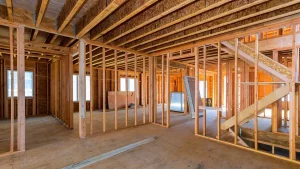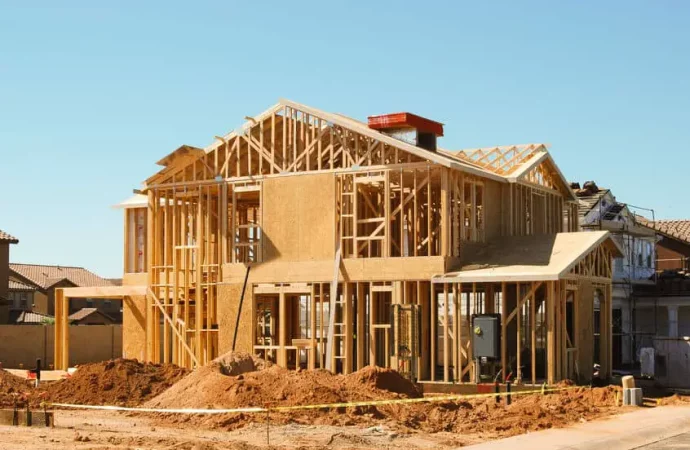Introduction In the ever-evolving housing market, the decision to build a new home or buy an existing one is no longer a straightforward choice. Rising construction costs have added complexity to this age-old dilemma. In this article, we’ll dive into the repercussions of escalating construction expenses, how they impact the feasibility of building, and strategies
Introduction
In the ever-evolving housing market, the decision to build a new home or buy an existing one is no longer a straightforward choice. Rising construction costs have added complexity to this age-old dilemma. In this article, we’ll dive into the repercussions of escalating construction expenses, how they impact the feasibility of building, and strategies for navigating this challenging terrain.
Unveiling the Surging Costs: Understanding Construction Expenses
To make an informed decision about building a home, it’s imperative to comprehend the factors behind the escalating construction costs.
Escalating Material Prices
One of the principal culprits behind soaring construction expenses is the extraordinary surge in material costs. Lumber, steel, cement, and other essential building materials have experienced unprecedented price hikes. These increased material costs significantly impact construction budgets, resulting in higher expenses for builders and potential homebuyers.
Shortages in Skilled Labor
The construction industry faces a critical shortage of skilled labor, from electricians to carpenters. The demand for these professionals far exceeds the available workforce. Consequently, builders are compelled to offer higher wages to attract and retain skilled labor, further inflating the overall cost of building a home.
Impact of High Housing Demand
The persistent high demand for housing adds another layer of complexity to construction expenses. Builders are inundated with projects, intensifying competition for available labor and materials. This heightened demand can lead to higher prices and make it challenging to adhere to predetermined budgets.
Challenges and Implications for Homebuilders
The implications of skyrocketing construction costs extend to various facets of the housing market and influence the decision-making process for homebuilders.

Image by: https://www.forbes.com/
Affordability Predicaments
The most direct impact of rising construction costs is on the affordability of homes. Builders often transfer these increased expenses to homebuyers, making the dream of homeownership less attainable for many individuals. Escalating costs can lead to budget constraints, limiting the options available to prospective homebuyers.
Project Delays
Rising construction costs can also result in project delays. Builders, facing higher expenses and limited availability of labor and materials, may need to pause or slow down construction projects. These delays can inconvenience homebuyers and extend the timeline for moving into a new home.
Industry-Wide Impacts
The surge in construction costs has broader implications for the real estate industry. The challenges faced by builders and the increasing costs they encounter influence the inventory of available homes, pricing, and the overall dynamics of the housing market.
Navigating the Decision: To Build or Not
Given these challenges, deciding whether to build a home or purchase an existing one involves careful consideration.
Building a New Home
Building a new home offers the advantage of customization. Homebuilders can design the house to their preferences and needs. However, they need to navigate the higher costs and potential delays associated with construction.
Buying an Existing Home
Buying an existing home provides a more immediate solution. It can often be less expensive than building a new home due to the lower costs associated with established properties. However, buyers may need to compromise on certain features and design elements.
Considerations for Decision-Making
Making the decision to build or not involves evaluating budget constraints, time frames, and personal preferences. Prospective homebuilders should assess their financial readiness and flexibility regarding project timelines.
Conclusion
The housing market’s escalating construction costs have added complexity to the decision of whether to build or not. Surging material prices, labor shortages, and high housing demand challenge the affordability and feasibility of new construction. These challenges have implications for both homebuyers and builders, influencing their decision-making processes.
Whether opting for new construction or purchasing an existing home, individuals must carefully weigh the pros and cons, evaluate budget constraints, and consider their desired timelines. As the housing market adapts to these challenges, the decision to build or not remains a deeply personal one, influenced by individual preferences and financial considerations.

















Leave a Comment
Your email address will not be published. Required fields are marked with *